Liverpool were rocked by the news that, along with sporting director Julian Ward, director of research Ian Graham is set to depart. But what does he do?
It was a double blow for the Reds when the news broke that Ward had tendered his resignation, less than a year into his new role as sporting director.
Soon after, it emerged that Graham had also confirmed his plan to leave the club, with the pair currently serving notice periods until the end of the current campaign.
The role of a sporting director has been given more and more exposure in recent years, as the figurehead in a club’s recruitment, with Ward’s predecessor, Michael Edwards, one of the most highly regarded in world football.
Much less is known of the job of a director of research – but that doesn’t make the upcoming departure of Graham any less of a setback.
Liverpool's Director of Research, Ian Graham, has resigned from his role & will leave Anfield after more than a decade.
Graham joined in July 2012 and built the leading data science department in the Premier League and perhaps even in European football.https://t.co/jSf5nXQL85
— Training Ground Guru (@ground_guru) November 24, 2022
A Cambridge graduate, holding a PhD in physics, Graham leads a six-strong research team at Liverpool, comprised of:
- Ian Graham, director of research
- William Spearman, lead data scientist
- Tim Waskett, statistical researcher
- Dafydd Steele, statistical researcher
- Mark Howlett, associate developer
- Mark Stevenson, research systems development manager
Those roles are, likely, alien to most of those who sit in the stands at Anfield game in, game out, but they are increasingly valuable in a pioneering system.
Graham, Spearman, Waskett and Steele focus on statistical analysis, while Howlett and Stevenson were merged from technology into the research department to maintain the databases and systems relied upon.
In short, the model employed by Graham and Co. uses data to filter out potential transfer targets, identifying candidates that traditional scouting may not.
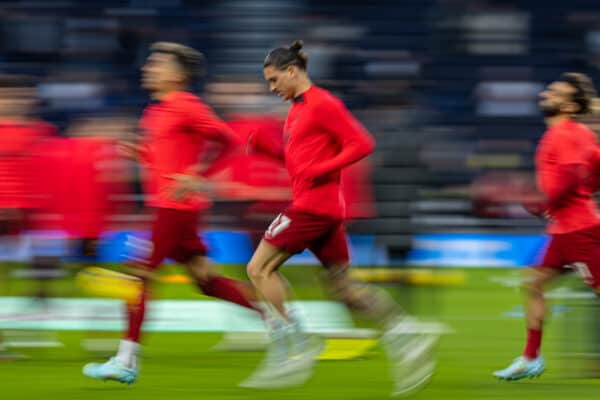
“If we spot a player that we would like to play for Liverpool and we can pay the price that the selling club demands, then we can buy him,” he told the Freakonomics podcast in 2019, as quoted by Training Ground Guru.
“And the real power of data analysis is when the data set is large. We have detailed data on hundreds of thousands of players.
“Maybe only five percent of those would be anywhere near a Premier League-level player. But that’s still 5,000 players, which is too big a set of players to scout everyone in depth and in detail.
“So we can really help that filtering and identification process.”
In the same interview, Graham held up Andy Robertson as a prime example of the model’s success in finding “players who shine through in the data, but don’t naturally shine through for your typical football fan or even your typical scout.”
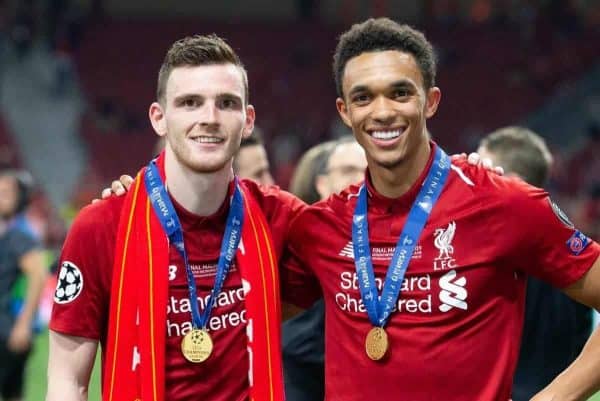
“[His] problem was his background as much as anything,” he explained.
“So he only started playing English Premier League football maybe at the age of 22. And he played for Hull City, which was not a very good football team.
“They got relegated from the Premier League, and he was the best young full-back in Britain at the time.
“He was a really strange case of a really attacking full-back playing in a really poor defensive team.”
Run through the current Liverpool squad, and it is likely that there are at least a handful of players whose unpolished ability was flagged by Graham’s setup before it became widely apparent.
Given he has been with the club for over a decade, that list could be a long one.
The use of data science even played a key role in convincing those within the club that Jurgen Klopp himself was the ideal candidate to succeed Brendan Rodgers as manager.
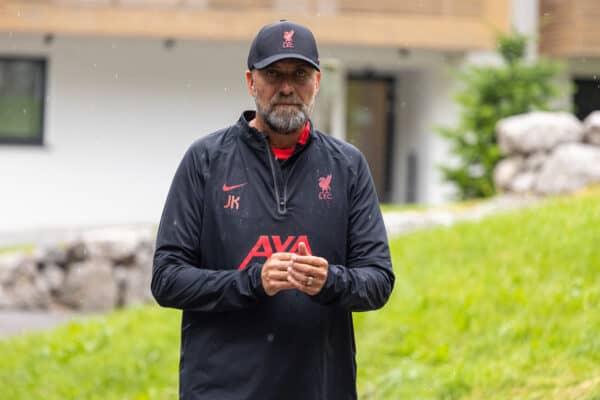
And as Graham told the club’s official website, Klopp has bought into the methods employed by those behind the scenes in the recruitment team.
That can stretch beyond identifying players, with their work also supporting the club’s analysts.
“Jurgen is very open and receptive to our area,” Graham explained in 2020.
“In terms of our week-to-week relationship, I don’t have very much interaction with him, but that’s not a bad thing because he knows the analysis we do and how it feeds into the various reports and the weekly work that him and his team do.
“Just the fact that he is open to it and intuitively understands the numbers, that’s enough.”
Worrying developments at LFC in critical roles. Michael Edwards’ exit was sizeable enough, now his successor Julian Ward, and director of research Ian Graham – widely viewed as the best in the business – will also depart, all as Mike Gordon takes a step back. Too much change ?
— Melissa Reddy (@MelissaReddy_) November 24, 2022
Losing Graham is, undoubtedly, a setback for Liverpool, and given his arrival was facilitated by Edwards – and in turn, Graham brought in the likes of Spearman, Waskett and Steele – there could be concern about the team falling apart.
The hope will be that it is maintained, and Graham replaced, as failing to do so would only see Liverpool regress.


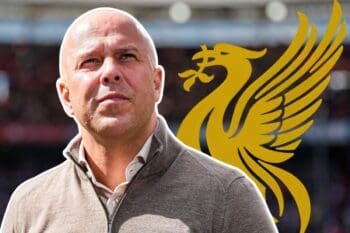


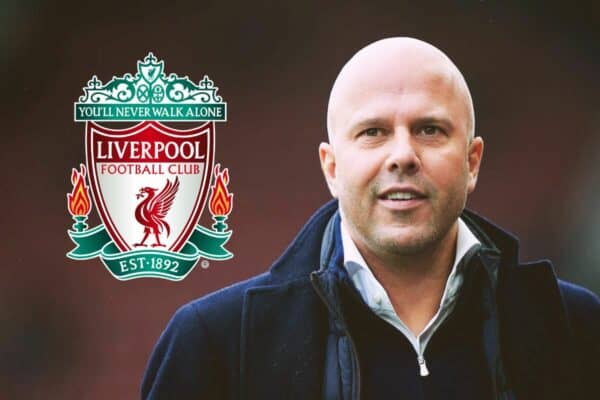
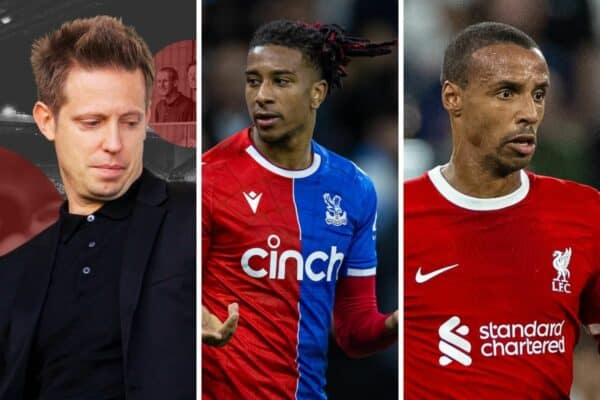
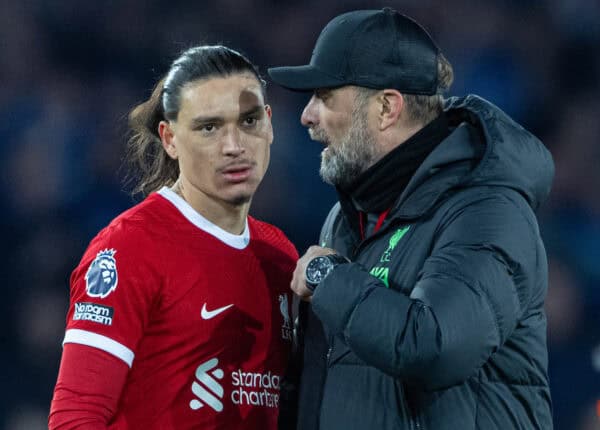
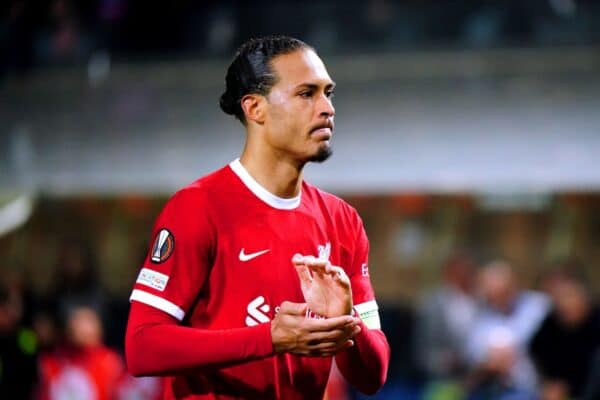
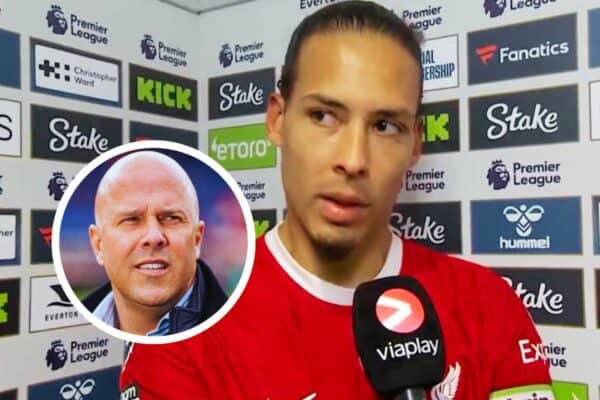
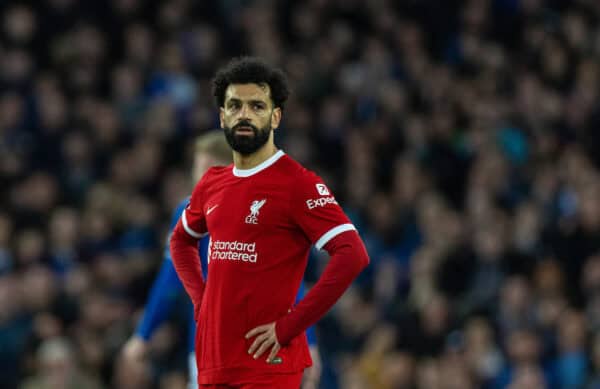
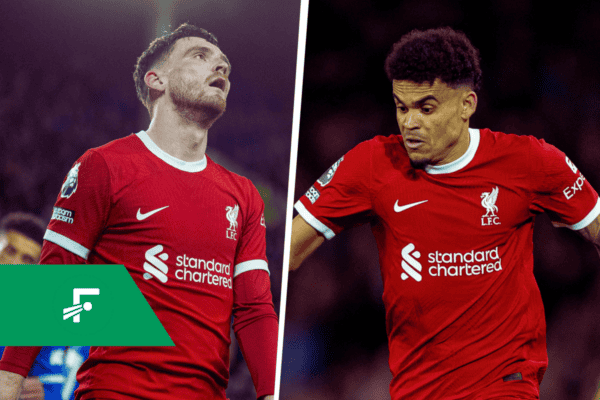
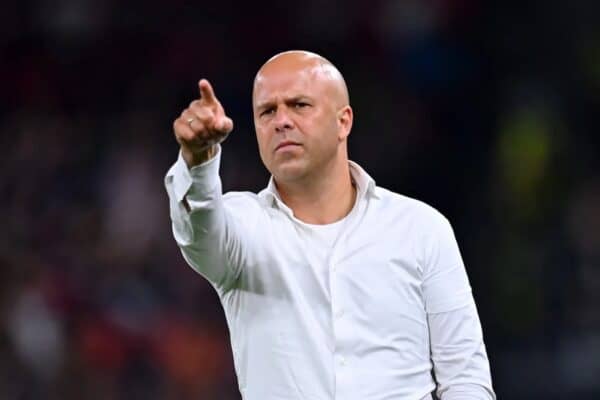

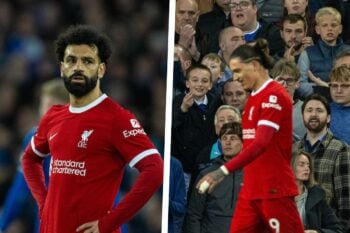
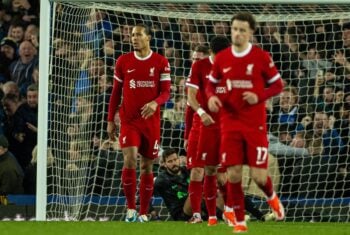
Fan Comments